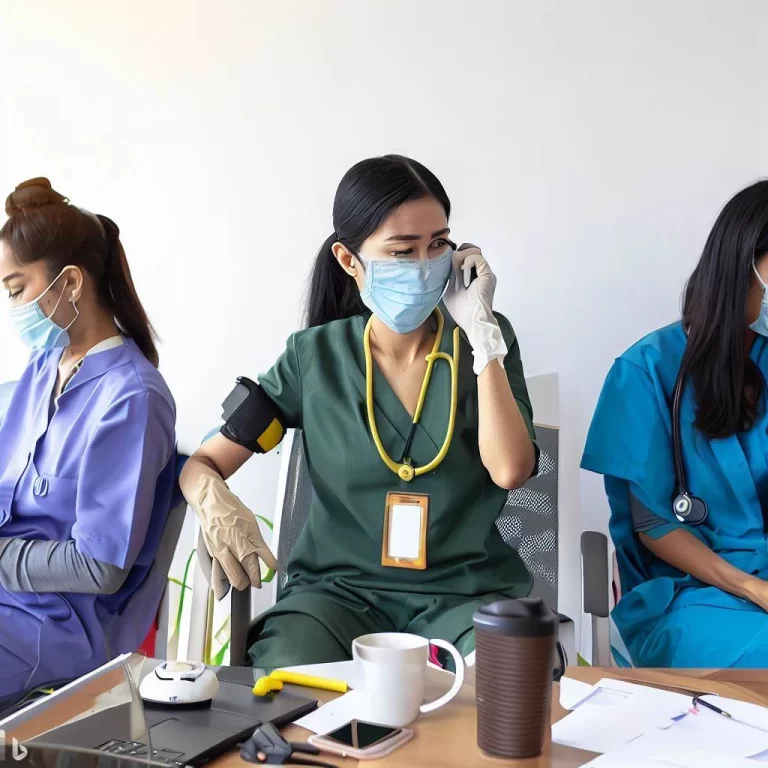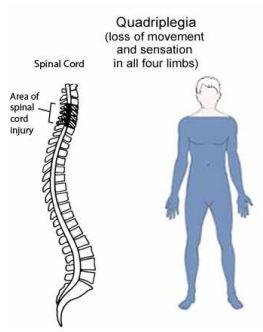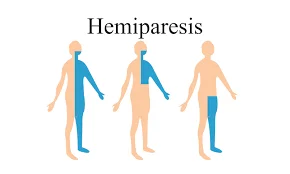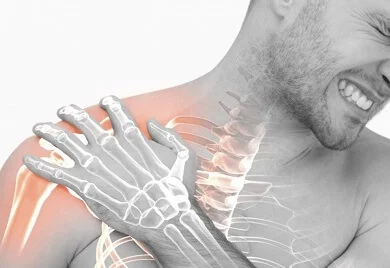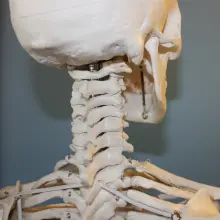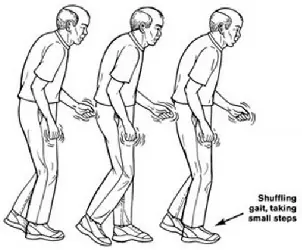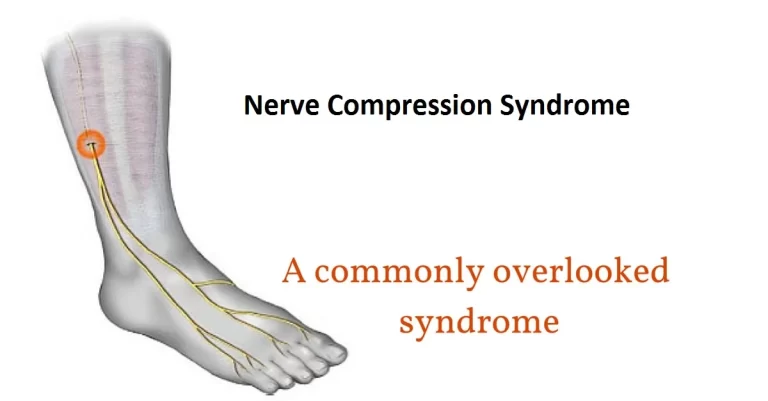Occupational Lifestyle Diseases
What is an Occupational Lifestyle Disease? Occupational lifestyle diseases are health conditions that are directly linked to the lifestyle and work environment of an individual. These diseases are caused by the conditions, habits, and activities that are associated with an individual’s occupation. They are often chronic conditions that develop over time due to repeated exposure…

